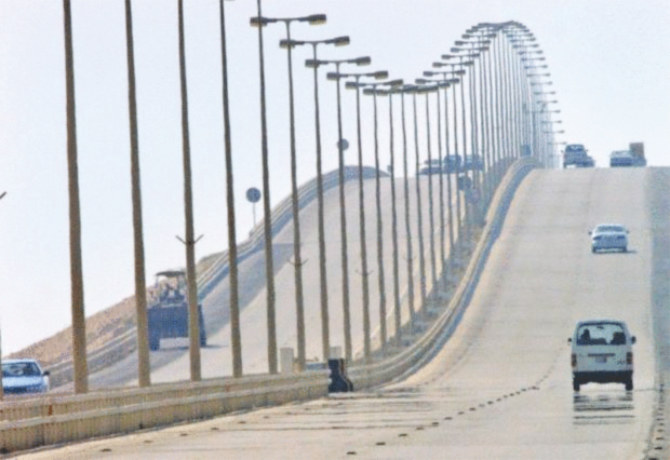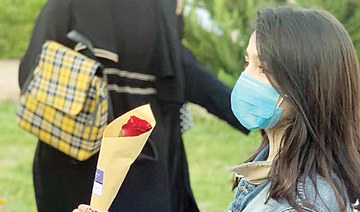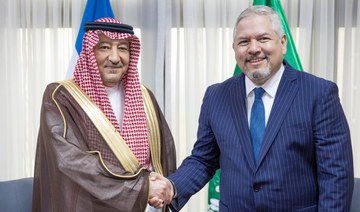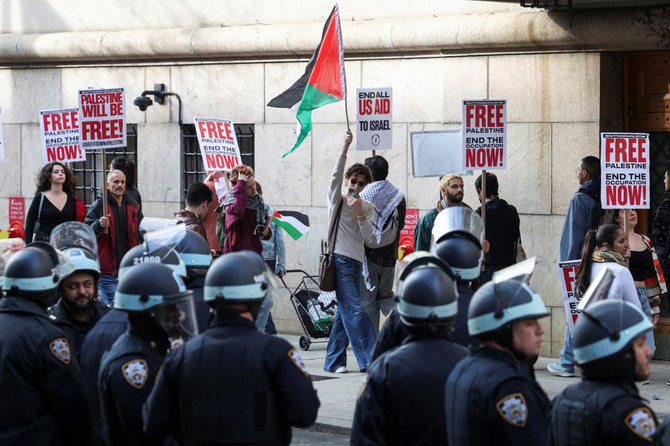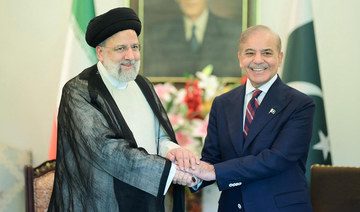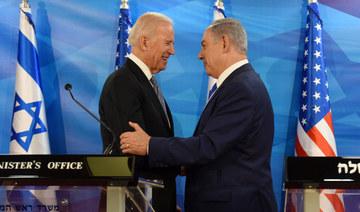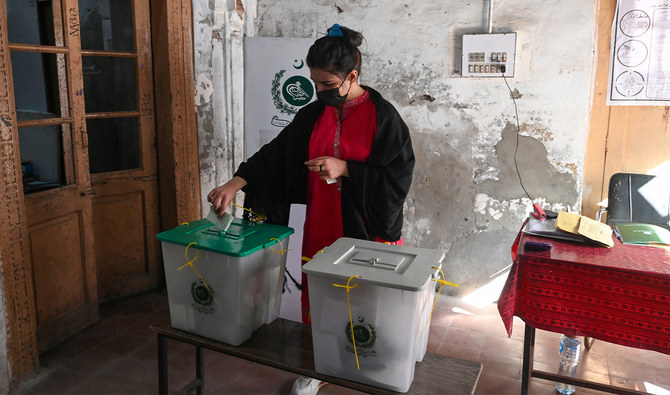LOS ANGELES: Luka Doncic scored 32 points as the Dallas Mavericks battled to a series-tying 96-93 road victory over the Los Angeles Clippers on Tuesday in a tense NBA Western Conference playoff duel.
Slovenian star Doncic combined with Kyrie Irving for 55 points to ensure that Dallas will head back to Texas with honors even at 1-1 in the best-of-seven series.
Doncic and Irving formed a sublime double act in a hard-fought fourth quarter, orchestrating a crucial 14-0 run that effectively took the game away from the Clippers, who had downed Dallas in a 109-97 win in Game 1 on Sunday.
After trailing for most of the game, the Clippers threatened to snaffle another precious home victory after opening up a six-point lead early in the fourth quarter.
But the Doncic-Irving axis helped the Mavs regain control to set up a deserved win.
Doncic finished with 32 points, nine assists and six rebounds while Irving contributed 23 points, six rebounds, three assists and three steals.
“We had to make some noise in the second game, you know, first game wasn’t our best game,” Doncic said.
“So we had to come out here and prove that we can play with them,” Doncic added, before saluting the contribution of Irving.
“It’s amazing having him on our team,” Doncic said. “It just helps me a lot. A great guy and just happy that he’s here.”
James Harden and Paul George led the Clippers scoring with 22 points each.
In other playoff action, Jaden McDaniels scored 25 points as the Minnesota Timberwolves dominated the Phoenix Suns 105-93 to take a 2-0 series lead. Indiana roared back to beat Milwaukee 125-108 and square their best-of-seven duel at 1-1.
McDaniels led a balanced Minnesota offensive effort that saw all five starters finish in double digits as the Western Conference third seeds moved to within two wins of a series victory.
But it was the Timberwolves’ defense who turned the game in the home side’s favor, shutting down Phoenix in the second half to frustrate Suns stars Kevin Durant and Devin Booker.
A torrid night for Phoenix ended with Booker fouling out in the fourth quarter while the Suns also were handed an injury scare, with Grayson Allen hobbling off in the third quarter after rolling an ankle.
The Timberwolves will go into Friday’s game three brimming with confidence after restricting Phoenix’s offense to 42 second-half points.
Minnesota scored 31 points off 20 Phoenix turnovers while the Suns took just two points from the Wolves’ 14 turnovers throughout the game.
“We’ve had issues with that throughout the course of the year, taking care of the basketball and it reared its head again tonight,” Phoenix coach Frank Vogel said.
McDaniels led the home side’s scoring with 25 points, eight rebounds and three assists while Rudy Gobert and Mike Conley added 18 apiece.
Anthony Edwards finished with 15 points, eight assists and three rebounds and Karl-Anthony Towns finished with 12 points.
“We got a lot of guys who can put the ball in the basket,” Minnesota coach Chris Finch said. “We’re really making the right plays right now.”
In Milwaukee, Pascal Siakam poured in 37 points to guide the Pacers to an impressive series-leveling win over the Bucks.
Siakam finished with 11 rebounds and six assists while Myles Turner added 22 and Andrew Nembhard 20 as the Pacers claimed a deserved win.
“He just doesn’t get rattled,” Pacers coach Rick Carlisle said of Siakam. “He plays the game at his pace. He was excellent tonight.
“He’s a unique player. His experience shows and he had a lot of big, big plays for us tonight... his experience in the playoffs is invaluable.”
Milwaukee started brightly, with Damian Lillard once again taking on the lion’s share of the scoring duties in the absence of the injured Giannis Antetokounmpo.
But Lillard’s 34 points were not enough to keep the Pacers at arm’s length. Indiana took the lead just before half-time and finally pulled away in the fourth quarter, leading by 23 points at one stage.
“Give them credit, their pressure forced us into taking tough shots,” Bucks coach Doc Rivers said.
“They pushed us around. I thought they were the more physical team tonight.”
Game 3 in the series takes place in Indianapolis on Friday.



